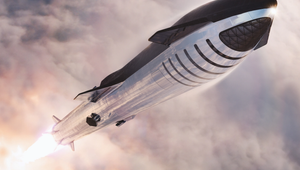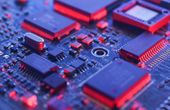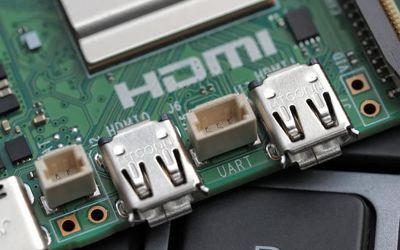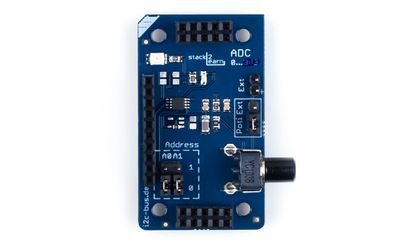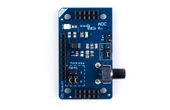Espressif Systems ESP32-H2-DevKitM-1 Development Kit
An entry level development kit for developing Bluetooth Low Energy and IEEE 802.15.4 combo module based systems.
Technical Specifications
| Product Type | Multiprotocol Development Board |
| Operating Voltage | 3.3 V |
| Interface | USB |
| Variants | ESP32-H2-MINI-1, ESP32-H2-MINI-1U |
| Compaible OS | Windows, Linux, macOS |
| Applications | Generic Low-power IoT Sensor Hubs and IoT Data loggers, Healthcare, Consumer Electronics, Smart Agriculture, and Industrial Automation |
| Compliance | RoHS |
Overview
The board is designed for seamless connection with external I/O devices and communication modules with a couple of variants to support antenna-based communication. It features a wide range of communication protocol support and compatibility with numerous sensors for smart IoT and sensor-based applications in commercial and residential setups. The board provides a flexible design for low-power applications making it a suitable option for industrial-grade applications such as healthcare, smart buildings, automation, and agriculture.
Versatile Module with Wide-Ranging Peripheral Connectivity
The ESP32-H2M-1 provides sufficient interfacing options for the developers to work with various development and testing applications. Whether it’s embedded systems, peripheral devices, or other consumer electronic circuits developed on breadboards, they can all connect seamlessly via provided connection headers and jumper pins.
The board features up to 19 GPIO pins with dedicated sections for analog to digital converters, serial debugging and programming, and general-purpose input-output devices. It has a powerful processor with ESP32-H2 inside and a 32-bit single-core RISC-V CPU that operates at 96MHz.
The board can integrate with a 2.4GHz transceiver to connect with external MCUs, communication devices, and processors like Thread, Zigbee, Bluetooth Mesh, Bluetooth 5 (LE), and Matter. As a result, it’s a viable option for developing low-power IoT applications.
The development kit ensures power-saving features like optional shut-offs and constant peripheral monitoring. There are dedicated and general-purpose timers, watchdog timers, temperature sensors, and systems timers that add to the flexibility and efficiency of the development kit.
Easy Setup and User-Friendly Operations
The hardware design features a boot button, a power-on button with an LED indicator, and an RGB LED. Moreover, the development kit comes with a dedicated SDK featuring an ESP-IDF source code with pre-designed example applications to help starters set up and test the applications.
The ESP32-H2-DevKitM-1 provides a flexible and easy-to-use interface. The kit also comes with a setup guide to enable entry-level learners to develop smart and sensor-based applications. The setup requires the development board, a USB-A to USB-C cable, and a desktop or laptop with a Windows, Linux, or macOS operating system.
It runs on a 3.3V power supply with power ON LED indicator, and there are three ways to power up the board.
First, the default power-up mode uses a USB (Type-C cable) that draws power from an external adaptor or the connected computer. Second, there is a 5V and GND header to connect power via jumpers. The board features a 5V to 3.3V low dropout regulator (LDO) that converts the input voltage to 3.3V for operational purposes. Third is a 3.3 V power and GND pin header to connect to an operating voltage.
Especially while working for power-sensitive and low-power applications, the developers can measure the current consumed by the ESP32-H2-DevKitM-1 by configuring the J5 headers. This jumper cuts off the connections between the board and the development module. Next, the board must be connected to an ammeter via the J5 jumper to measure the drawn current.
Where to find it

Mouser Electronics
Mouser Electronics is a worldwide leading authorized distributor of semiconductors and electronic components.

